News 7/23/09
Zynx Health and eClinicalWorks announce a partnership to provide Zynx AmbulatoryCare order sets to ECW clients.
Healthy Advice Networks launches PracticeWire, a wireless solution that delivers real-time health content to physicians all day via wall-mounted flat-screen monitors. The monitors are placed in a practice’s back office where it displays medical news throughout the day. Practices can also incorporate their own content, such as details on standards of care and regulatory guidelines.
The HIMSS Electronic Health Record Association re-elects Greenway’s Justin Barnes as chair, adds GE’s Mark Segal as vice chair, and appoints Epic’s Carl Dvorak as an executive committee member.
Sound advice from CPA and consultant Reed Tinsely on what it takes to successfully implement EMR: “A large part of success/failure is that someone of authority in the practice has to take accountability to direct all the physicians that EMR is either go/no go for the entire group…the organization cannot be divided once an implementation decision has been reached.” More here on Reed’s blog.
Allscripts-Misys releases its fourth quarter number and beats Street expectations for both non-GAAP EPS and revenue. Non-GAAP EPS was $0.16, above the expected $0.15, and total revenue was $166.2 million, compared to the $160.5 million expectation. Meanwhile Allscripts and Medfusion announce a strategic agreement to provide the Medfusion patient portal for Allscripts EHR/PM clients. At the same time, Medfusion announced its purchase of Medem’s health services operations.
The number of residency graduates who are immigrants are on the rise, especially in the fields of pediatrics, internal medicine, and family practice. AAFP President Ted Epperly believes primary care specialties are less appealing to US-trained doctors because it pays significantly less than other fields. Nationally about 25% of residency graduates begin their medical training abroad. In primary care, almost half are foreign-trained.
WebMD introduces Medscape Mobile, a free medical information application for use on the iPhone or iPod Touch. Medscape Mobile includes drug information, clinical reference tools, medical news, and CME opportunities. The application will be available for Blackberries later this year.
Hayes Management Consulting and Aternity partner to help improve physician adoption of EHRs. The companies will combine the rapid prototype methodology of Hayes with Aternity’s Frontline Performance Intelligence Platform to organizations increase implementation efficiencies.
A former South Carolina office manager is sentenced to two years prison after admitting she opened a credit card in her employer’s name to buy personal items, wrote check’s from the company’s account, and took money from the company’s bank deposits. Jane Wyatt-Scott pleaded guilty to breach of trust, financial transaction card theft, and financial identity theft. In addition to prison, she must pay over $158,000 in restitution.
3M Health Information Systems and CodeRyte ink a deal to integrate CodeRyte’s outpatient computer-assisted coding technology with 3M’s Codefinder software. The new product will be referred to as 3M Codefinder Auto Edition, powered by CodeRyte technology. Rolls right off the tongue.
Advantage Healthcare Solutions and Physicians’ Service Center combine their practice management and billing operations. With the merger, the new entity will provide services to over 120 physician groups and employ almost 300 associates.
Half of consumers indicate they are willing to seek healthcare through the Internet as a substitute for face-to-face, non-emergency visits. That, according to a PriceWaterhouseCoopers report. Nearly 73% of the 1,000 surveyed would be willing to take advantage of tele-health services to track their conditions and vital signs.
And, according to BCBS of Florida, digital doctor services are on the rise. BCBS first began paying for e-visits about five years ago and today about 1,000 providers have signed up to provide e-visit services. The most common digital applications embraced by doctors and patients include scheduling appointments, sending lab results, and paying bills.
A UK study concludes that pay-for-performance programs fail to provide sustainable long-term gains in care. In a pilot program, P4P measures did result in short-term improvements in asthma and diabetes care after one year, but the rate of improvement reached a plateau by the fourth year. Also, the P4P program had no overall effect on heart disease care.
With the proliferation of on-line rating sites that include the review of physicians, more doctors are going on the defense. More than 40 websites now include doctor ratings, prompting some physicians to sign agreements that prohibit online postings or media commentary without the doctor’s prior written consent.

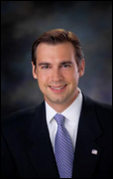
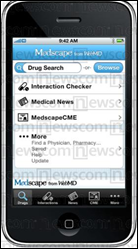

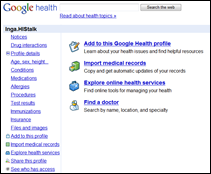




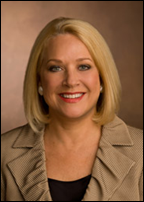


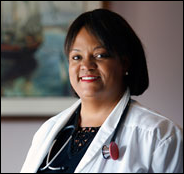
Re: Walmart Health: Just had a great dental visit this morning, which was preceded by helpful reminders from Epic, and…